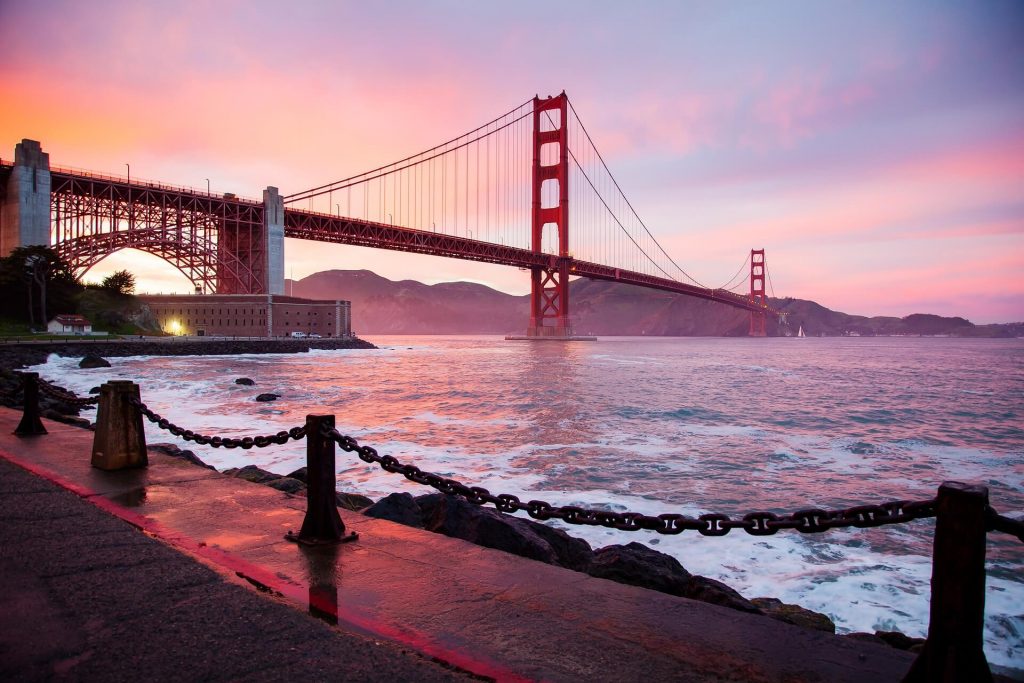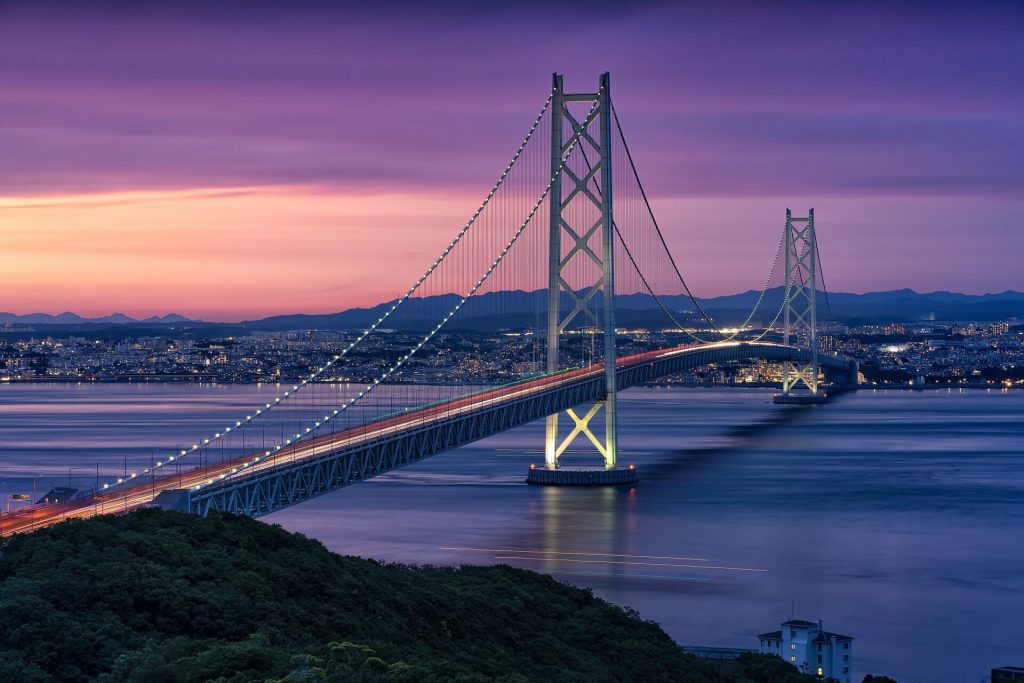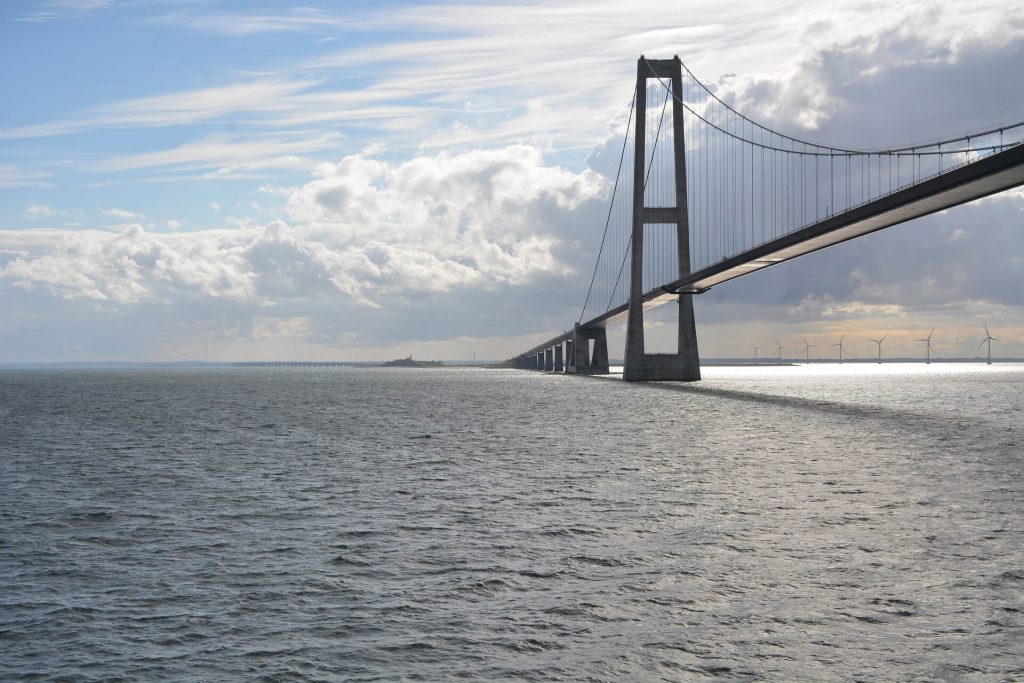The Golden Gate Bridge California has been the pride for San Francisco for years. It is one landmark that any civilian may use to describe his residential place all over the world. The Golden Gate Bridge lies under the category of suspension bridges spanning the Golden Gate, the opening into the San Francisco Bay from the Pacific Ocean. It waves its path across the city of San Francisco on the northern tip of the San Francisco Peninsula to Marin County as part of US Highway 101 and California State Highway 1.
The basic idea to connect the City of San Francisco to the northern peninsula across the ’Golden Gate’ was crafted by Joseph Strauss who was a civil engineer. He designed and built hundreds of drawbridges in the area, though most were inland and quite small. He spent precious years of his life, almost a decade to get the supporters for Golden Gate project. However, his efforts proved worth with a team of fabulous people including architect Irving Morrow, engineer Charles Ellis, and designer Leon Moisseiff.
On one hand Ellis and Moisseiff helped Strauss to get through tough calculations about the project and on the other hand Morrow can be solely credited over the airy and graceful Art Deco suspension design now recognized around the world–as well as the choice of the famous “International Orange” color. Also, engineer Charles Alton Ellis in collaboration remotely with famed bridge designer Leon Moisseiff was responsible for the complicated structural design and hard calculations regarding cable0suspension designs.
As such, the Golden Gate Bridge was the largest suspension bridge in the world at the time of its completion in 1937, thus, got international fame and became a recognized symbol of San Francisco and the United States. Even today, it is one of the longest bridges in the world and is in second position among the longest spans throughout the world after the Verrazano-Narrows Bridge in New York City. Of all the long bridges, this is one of the most fascinating.
Facts About Golden Gate Bridge
- Opening date: 27th May, 1937.
- Carries: 6 lanes for traffic followed by 2 lanes for pedestrians and bicyclist.
- Crosses: golden gate.
- Location: San Francisco, California and Marin country.
- Maintenance: Golden Gate Bridge, Highway and Transportation District.
- Category: suspension bridge, truss arch and truss causeways.
- Total length: 8981 ft (2737 meters)
- Longest span: 4200 ft (1280 meters)
- Width: 90 ft (27 meters)
- Height: 746ft (227meters)
- Vertical clearance: 14ft (4.3 meters) at toll gates.
- Clearance below: 220ft (67 meters) at mean higher high water.
- Annual average daily traffic (AADT): 100,000 per week
- Toll tax: 5$ for south bound traffic and toll free for north bound and pedestrian traffic.
Description
The Golden Gate Bridge carries a total span of about 1280 meters which supports six lanes of traffic and 2 lanes for pedestrians and bicyclists. However, the four lanes out of these are reserved for the major direction of traffic during rush hours. A toll of $5 for southbound traffic remains in effect for passers, while northbound and pedestrian traffic is toll free.
In addition to being a beautiful site and one of the longest bridges in world, it is also called the suicidal bridge. The name may amuse you but more amusing fact lies that the official suicide count ended in 2005 when the number exceed 1,200. Rather few years preceding 2003, suicidal attempt was as high as 1300 suicides getting an average of one suicide per two weeks. The height of the bridge to water is almost breath taking and does give any second chance to a life pounding towards water flowing beneath. Even today, it is estimated that a person jumps every 15 days from the suicidal bridge, some of which goes unwitnessed.



